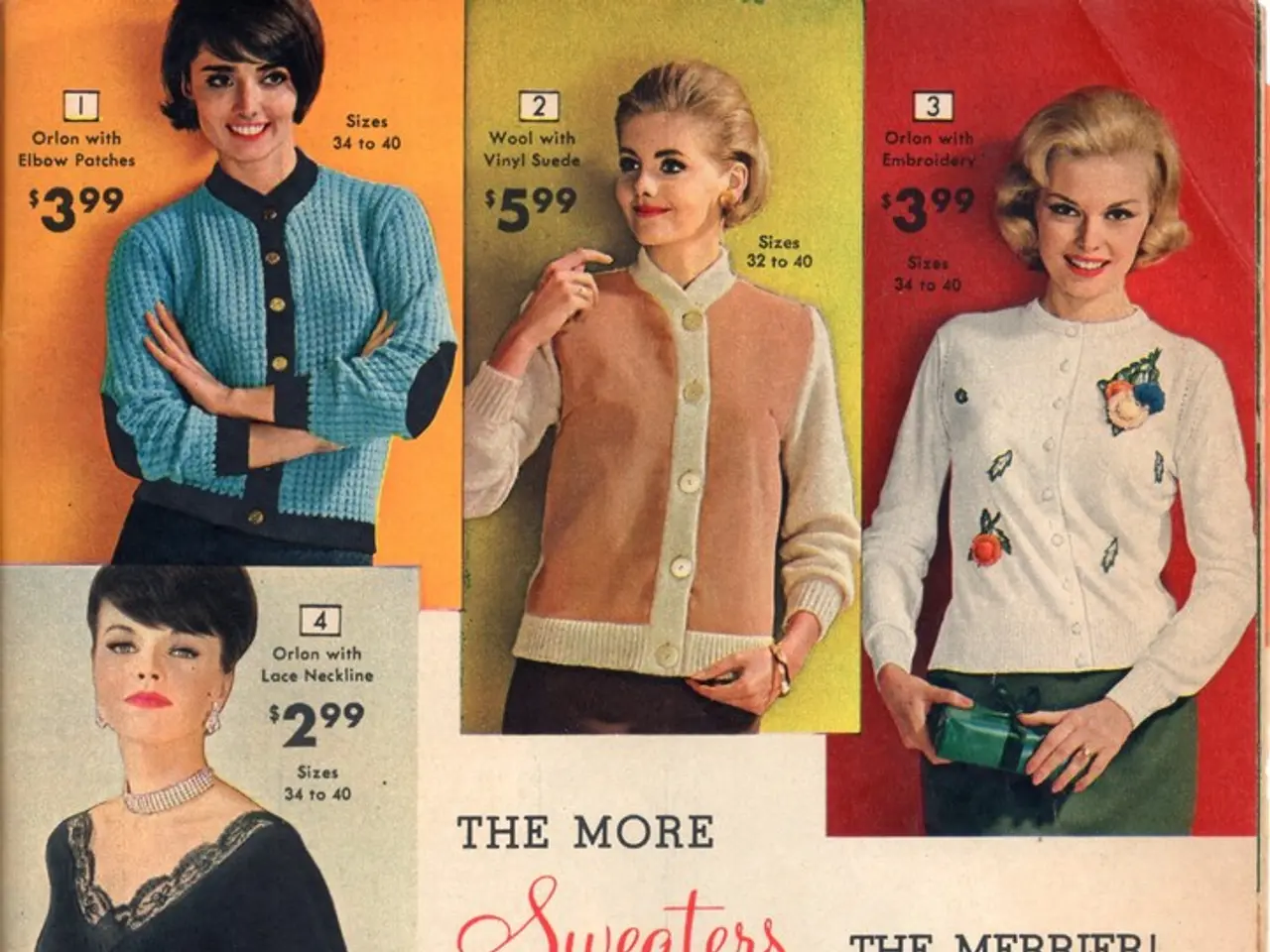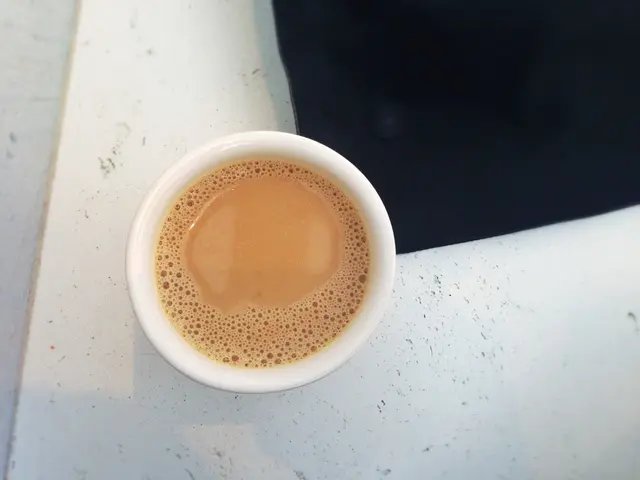Fashion brands adopting a slower, more sustainable approach gaining popularity in Vietnam and the Philippines
In the bustling landscapes of Vietnam and the Philippines, a new wave of fashion is taking shape. These Southeast Asian countries are witnessing a shift towards a more sustainable era, as local brands honour ecological footprints and celebrate the richness of their cultural heritage through artisanal craftsmanship.
However, this transition is not without its challenges. Slow fashion brands in these regions grapple with competition from international and fast-fashion giants, escalating production costs, and the scarcity of sustainable raw materials. Yet, these hurdles have not deterred these brands from capitalising on opportunities that lie ahead.
Competition from established global brands and fast-fashion e-commerce platforms such as Shein and Taobao pose a significant threat. These competitors offer trendy, low-cost clothing, often putting pressure on pricing and market share for slow fashion brands. Rising operational costs and the need to reinvent brand images have led to difficulties for many Vietnamese brands, with some downsizing or exiting the market.
Vietnam's textile sector, heavily reliant on imports, lacks sustainable raw material alternatives. However, innovations like Pinalina™, a premium fabric made from repurposed pineapple leaves, offer a glimmer of hope. Brands like LSOUL and Blanke Space in Vietnam, and TOQA in the Philippines, are gaining international visibility, leveraging unique craftsmanship and ethical production to tap into global demand for authentic, high-quality fashion.
Despite these challenges, there are several opportunities that these slow fashion brands can leverage. The growing demand for eco-friendly, recycled, and innovative materials, driven by consumer preferences and governmental sustainability targets, encourages slow fashion brands to adopt eco-conscious practices.
The rapid growth of e-commerce platforms in Vietnam, such as Shopee and Lazada, enables slow fashion brands to reach younger, sustainability-conscious consumers domestically and overseas, helping overcome traditional market access barriers. Digital strategies can position slow fashion as a premium, niche alternative.
Moreover, consumer preferences are shifting towards authenticity, quality, and reusable pieces, rejecting disposable trends. Brands like Rags2Riches in the Philippines, which repurposes over 800 tons of scrap fabric and empowers Payatas weavers, providing financial and health education, are meeting this demand. Similarly, Fashion4Freedom in Vietnam, which employs jackfruit wood soles and recycled tech components, is making strides in sustainable fashion.
In conclusion, slow fashion brands in Vietnam and the Philippines face challenges from market pressures and resource constraints but are uniquely positioned to capitalise on sustainability trends, artisanal heritage, and digital platforms to carve out meaningful niches in both domestic and global markets. The emergence of these brands reflects Southeast Asia's cultural resurgence and a shifting mindset towards conscious consumerism.
- The educational sector in Southeast Asia should focus on equipping students with knowledge and skills required to foster sustainable practices in various industries, including fashion.
- In addition to promoting eco-friendly fashion, these slow fashion brands can also advocate for healthier lifestyles by implementing sustainable gardening techniques in their home-and-garden product lines.
- Leveraging the region's rich cultural heritage, slow fashion brands can collaborate with educational institutions to develop self-development programs centered around the appreciation of traditional artisanal craftsmanship.
- As these slow fashion brands gain traction both domestically and internationally, they can use their influence to raise awareness about the importance of environmental conservation in the Asia region and inspire other industries to adopt sustainable practices.




